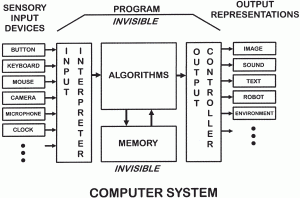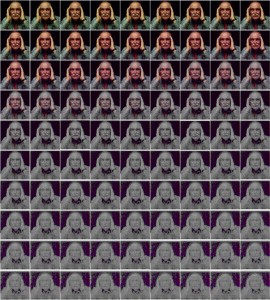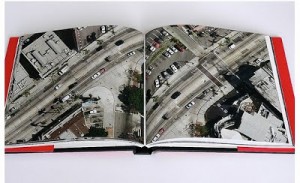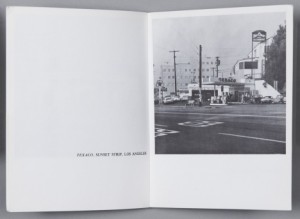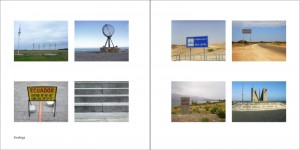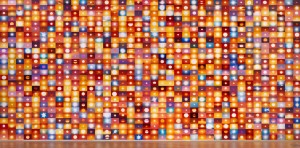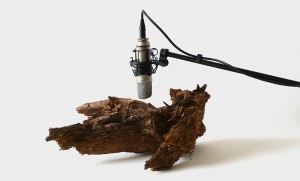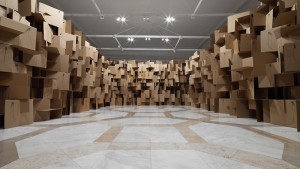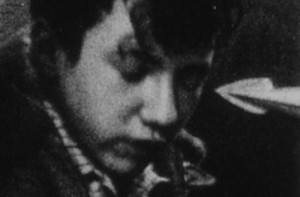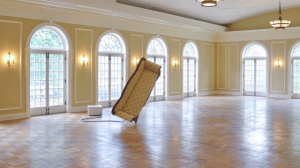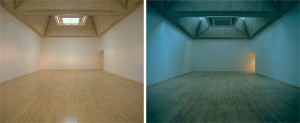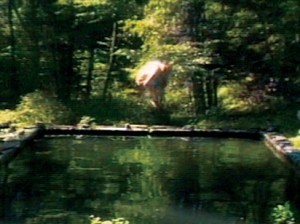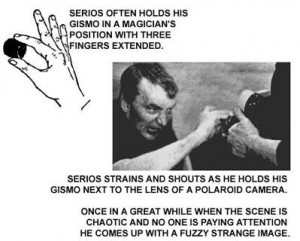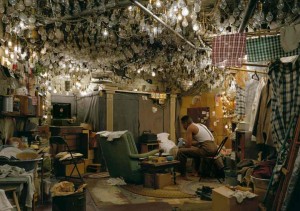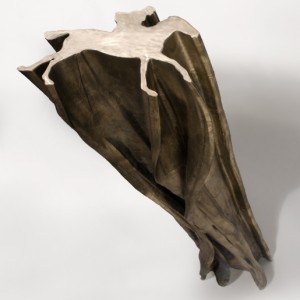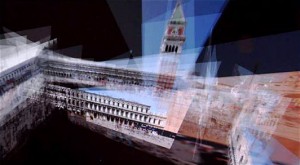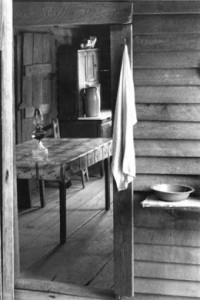Archived entries for artists
Cory Arcangel
Arcangel often uses the artistic strategy of appropriation, creatively re-using existing materials such as dancing stands,[3] Photoshop gradients,[1] and YouTube videos[1] to create new works of art. His work explores the relationship between digital technology and pop culture.
Roden Crater
“It is a volcanic crater located in an area of exposed geology, the Painted Desert, an area where you feel geologic time. You have a strong feeling of standing on the surface of the planet.”
—James Turrell
Yvonne Rainer
No Manifesto
No to spectacle.
No to virtuosity.
No to transformations and magic and make-believe.
No to the glamour and transcendency of the star image.
No to the heroic.
No to the anti-heroic.
No to trash imagery.
No to involvement of performer or spectator.
No to style.
No to camp.
No to seduction of spectator by the wiles of the performer.
No to eccentricity.
No to moving or being moved.
Heather Dewey-Hagborg
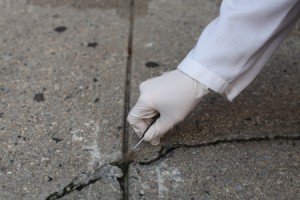
3D Portrait Sculptures using DNA Samples from Strangers
Portrait sculptures from the analyses of genetic material
collected in public places.
Kenneth Goldsmith
It’s a Mistake to Mistake Content for Content.
The camera doesn’t work for us. We work for the camera.
Context is the new content.
Flusser claimed that the content of any given photograph
is actually the camera that produced it.
Joachim Schmid/ Ed Ruscha
“Twentysix Gasoline Stations, Every Building on the Sunset Strip, Thirtyfour Parking Lots, Nine Swimming Pools, A Few Palm Trees, No Small Fires” is a modern remake of some of Ruscha’s famous books, all grouped in one volume. Unlike the original books it relates to, this work was made entirely at my Berlin studio. I didn’t visit Los Angeles to make the book and I didn’t use a camera either. The camera is out there.”
Edward Ruscha
Twenty six gasoline stations
The photographs are of petrol stations, along the highway between Ruscha’s home in Los Angeles and his parent’s house in Oklahoma City
Joachim Schmid
Assembled between 2008 and 2011, this series of ninety-six books explores the themes and visual patterns presented by modern everyday, amateur photographers. Images found on photo sharing sites such as Flickr have been gathered and ordered in a way to form a library of contemporary vernacular photography in the age of digital technology and online photo hosting.
The series Other People‘s Photographs includes these titles: Airline Meals · Airports · Another Self · Apparel · At Work · Bags · Big Fish · Bird’s Eyes · Black Bulls · Blue · Bread · Buddies · Cash · Cheques · Cleavage · Coffee · Collections · Colour · Commodities · Contents · Currywurst · Damage · Digits · Documents · Dogs · Drinks · Encounters · Evidence · Eyes · Faces in Holes · Fauna · Feet · First Shots · Fish · Flashing · Food · Fridge Doors · Gathered Together · Gender · Geology · Hands · Happy Birthday · Hotel Rooms · Images · Impact · In Motion · Indexes · Information · Interaction · Kisses for Me · Lego · Looking · Maps · Mickey · Models · More Things · Mugshots · News · Nothing Wrong · November 5th, 2008 · Objects in Mirror · On the Road · Parking Lots · Pictures · Pizza · Plush · Portraits · Postcards · Purple · Pyramids · Real Estate · Red · Room with a View · Self · Sex · Shadow · Shirts · Shoes · Silvercup · Sites · Size Matters · Space-Time · Statues · Sunset · Surface · Targets · Television · The Other Picture · The Picture · Things · Trophies · Tropic of Capricorn · Various Accidents · Wanted · Writings · You Are Here.
Penelope Umbrico
Suns (From Sunsets) from Flickr, 2006-ongoing
This is a project I started when I found 541,795 pictures of sunsets searching the word “sunset” on the image hosting website, Flickr. I cropped just the suns from these pictures and uploaded them to Kodak, making 4″ x 6″ machine prints from them.
Geoffrey Mann
Attracted to Light from the Long Exposure
“Attracted to Light narrates the erratic behavior of a moth upon the stimulus of light,” Mann has explained. The insect’s path through the air is captured using cinematic technology and materialized through rapid prototyping (also called 3D printing). The design is part of Mann’s Long Exposure series, which also features lamps based on the trajectories of a bird in flight, taking off, and landing.”
What is Conceptual Photography?
At Source we have a collection of oral history style interviews in which people involved in photography talk about their work.
that has been
“this is where i put research on photography, philosophy, writing & visual culture.”
Robert Wilson
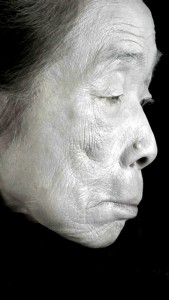
The process of creation transcends a single medium and instead finds outlet within the archetype of an opera, the architecture of a building, the stains in a watercolor drawing, the design of a chair, the choreography of a dance, the rhythm of a sonnet, or the multiple dynamics revealed in a Video Portrait.
Dafydd Hughes
Robert Frank’s The Americans is one of the most iconic photographic projects of the 20th century… This classic project was the starting point for Toronto-based artist Dafydd Hughes’ Every Face in the Americans, which saw him ‘feed’ Frank’s collection of photographs to iPhoto’s facial recognition algorithm to recontextualize the work as the basis of a web archive and a print on demand book.
link
Martin Creed
Martin Creed’s Work No. 227: The lights going on and off consists of an empty room which is filled with light for five seconds and then plunged into darkness for five seconds.
link
Kimchi and Chips
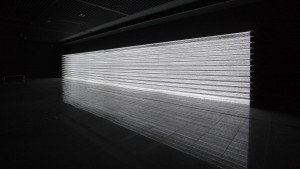
483 nylon threads with projections calibrated in 3D to the 16m threads using Rulr, an open source node-based toolkit developed by the studio.
Pablo Garcia
Rendering of Muybridge Plate 624 fully extruded through all twelve frames
Caught in between two paradigms, I found myself nurturing two separate impulses: deep historical research into old, forgotten technologies and inquiry into new and future media
Sherrie Levine
In 1936 Walker Evans photographed the Burroughs, a family of sharecroppers in Depression era Alabama. In 1979 in Sherrie Levine rephotographed Walker Evans’ photographs from the exhibition catalog “First and Last.” In 2001 Michael Mandiberg scanned these same photographs, and created AfterWalkerEvans.com and AfterSherrieLevine.com to facilitate their dissemination as a comment on how we come to know information in this burgeoning digital age.
